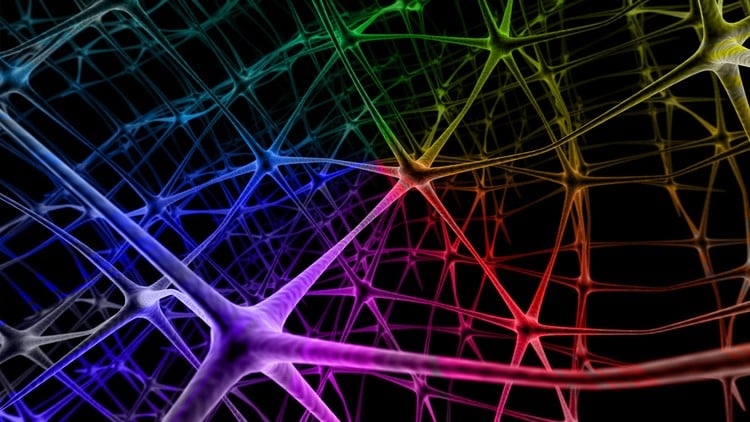- Регистрация
- 27 Авг 2018
- Сообщения
- 39,152
- Реакции
- 611,232
- Тема Автор Вы автор данного материала? |
- #1

- Understand convolution and why it's useful for Deep Learning
- Understand and explain the architecture of a convolutional neural network (CNN)
- Implement a CNN in TensorFlow 2
- Apply CNNs to challenging Image Recognition tasks
- Apply CNNs to Natural Language Processing (NLP) for Text Classification (e.g. Spam Detection, Sentiment Analysis)
- Basic math (taking derivatives, matrix arithmetic, probability) is helpful
- Python, Numpy, Matplotlib
*** NOW IN TENSORFLOW 2 and PYTHON 3 ***
Learn about one of the most powerful Deep Learning architectures yet!
The Convolutional Neural Network (CNN) has been used to obtain state-of-the-art results in computer vision tasks such as object detection, image segmentation, and generating photo-realistic images of people and things that don't exist in the real world!
This course will teach you the fundamentals of convolution and why it's useful for deep learning and even NLP (natural language processing).
You will learn about modern techniques such as data augmentation and batch normalization, and build modern architectures such as VGG yourself.
This course will teach you:
- The basics of machine learning and neurons (just a review to get you warmed up!)
- Neural networks for classification and regression (just a review to get you warmed up!)
- How to model image data in code
- How to model text data for NLP (including preprocessing steps for text)
- How to build an CNN using Tensorflow 2
- How to use batch normalization and dropout regularization in Tensorflow 2
- How to do image classification in Tensorflow 2
- How to do data preprocessing for your own custom image dataset
- How to use Embeddings in Tensorflow 2 for NLP
- How to build a Text Classification CNN for NLP (examples: spam detection, sentiment analysis, parts-of-speech tagging, named entity recognition)
This course focuses on "how to build and understand", not just "how to use". Anyone can learn to use an API in 15 minutes after reading some documentation. It's not about "remembering facts", it's about "seeing for yourself" via experimentation. It will teach you how to visualize what's happening in the model internally. If you want more than just a superficial look at machine learning models, this course is for you.
Suggested Prerequisites:
- matrix addition and multiplication
- basic probability (conditional and joint distributions)
- Python coding: if/else, loops, lists, dicts, sets
- Numpy coding: matrix and vector operations, loading a CSV file
- Check out the lecture "Machine Learning and AI Prerequisite Roadmap" (available in the FAQ of any of my courses, including the free Numpy course)
- Students, professionals, and anyone else interested in Deep Learning, Computer Vision, or NLP
- Software Engineers and Data Scientists who want to level up their career
DOWNLOAD:


